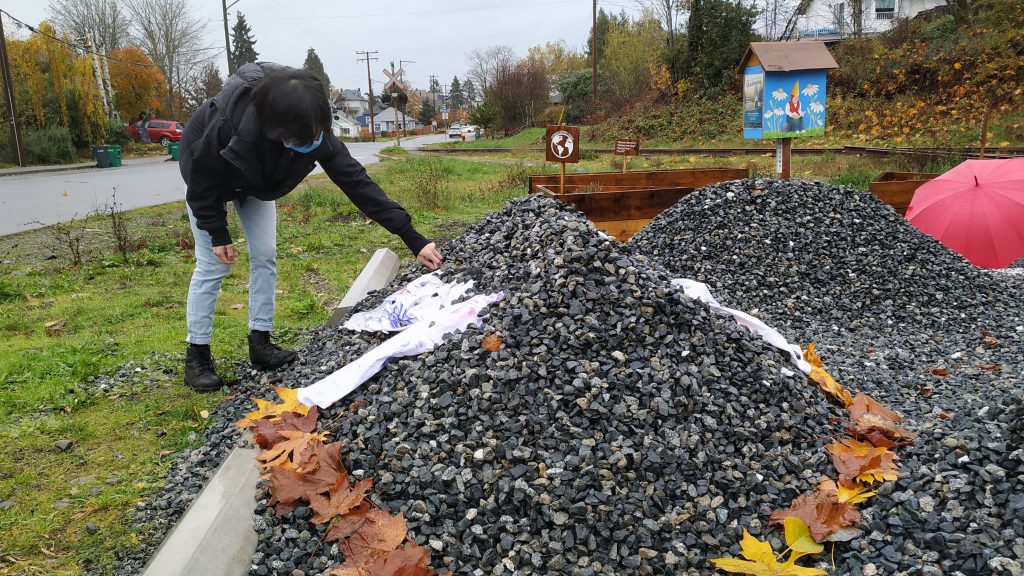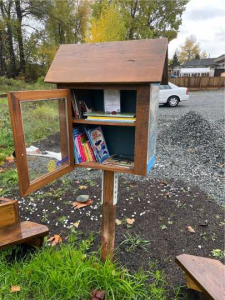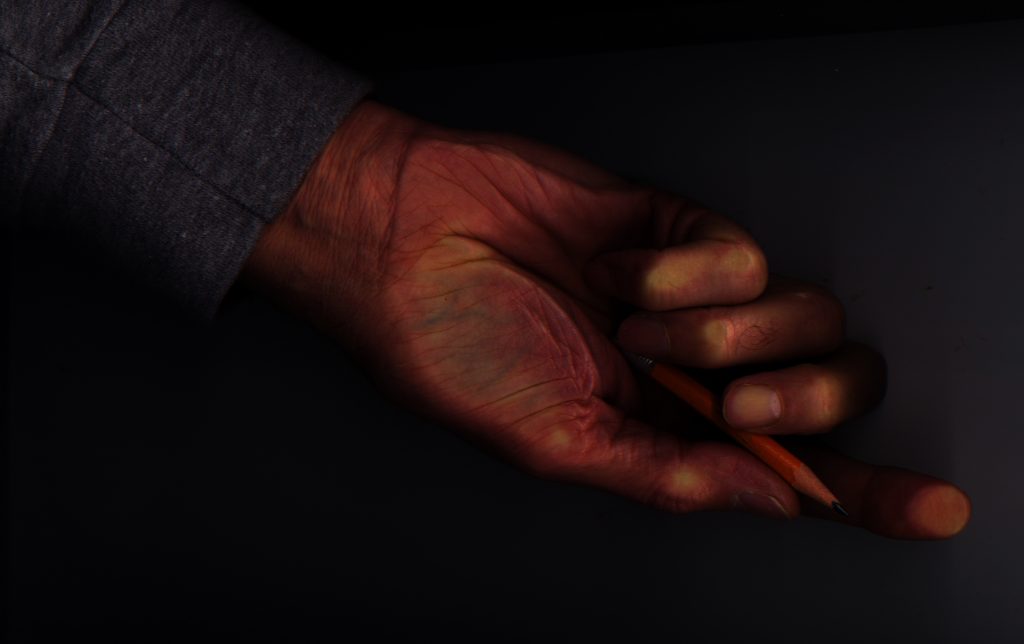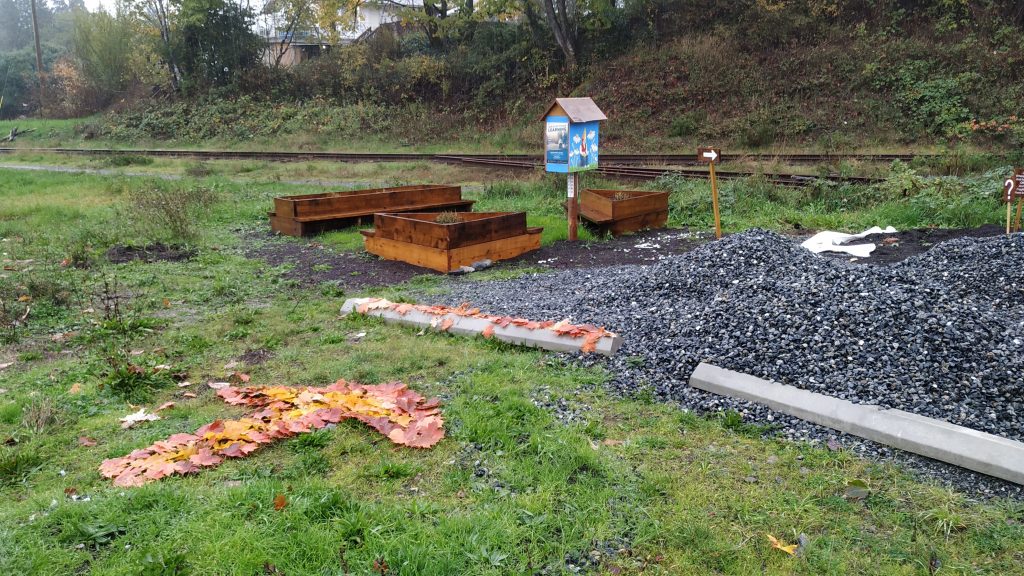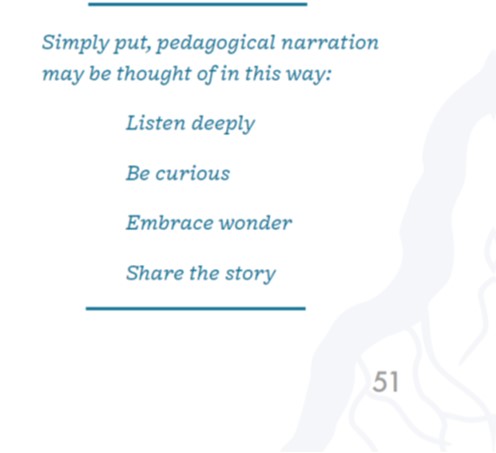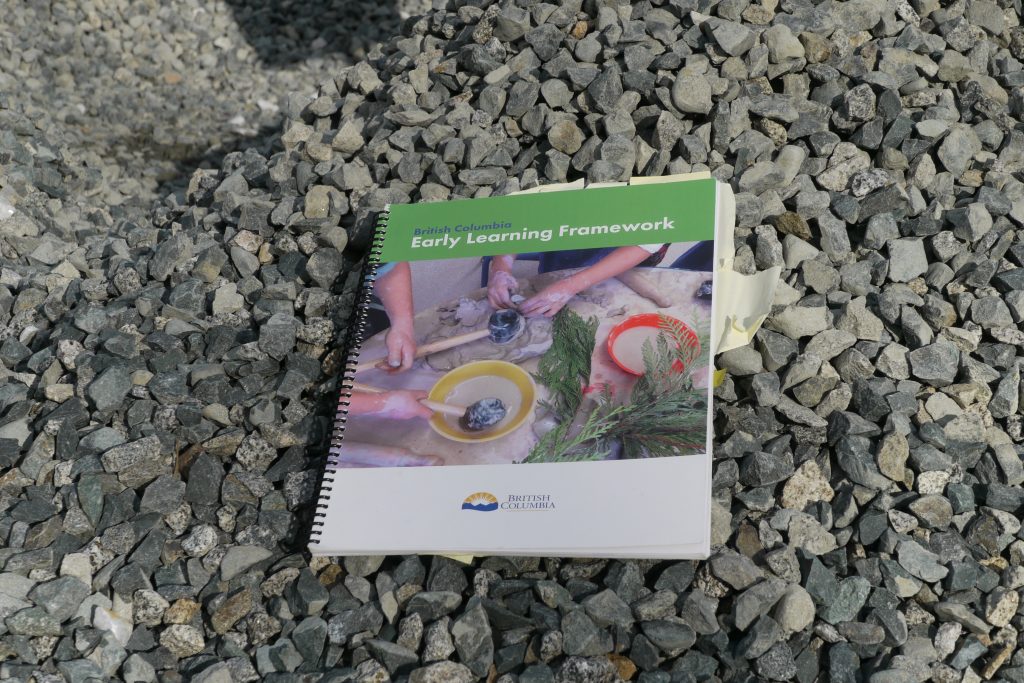The Early Learning Framework (Government of BC, 2019, p.78) invites us to consider, “What does it mean to be in relationship with land? To be of a place?” Most of the time we might not think about the land so deeply because our environment and surroundings feel “natural” to us. I would like to share a story from my childhood about my relationship with nature and the land and how it affects how I feel about the land and natural space.
I was born in a quite populated city in Japan, though the city itself is small. When I was 3 years old or so my family moved to smaller town which has a lot of nature, green and ocean. I could say my hometown is countryside. My parents often took my brother and I to the park to play catch, ride a bicycle along vegetable farms, to the port to fish and the small forest to walk around and find bugs. We just loved to be outside. The land is much bigger than us and we enjoyed many possibilities to connect through these experiences we had when we were young. Even a simple thing like going to small forest to see the color of leaves in different seasons was learning and connecting with the land and nature for me.

How might we appreciate the land we are on and explore nature such as plants, trees, insects and animals? How might we notice the change of the land in seasons by colors and smells? I am reminded that “learning is embedded in memory, history, and story” (Government of BC, 2019, p. 14).
I love the smell of autumn. I remember many hikes with my grandfather in beautiful autumn mountains. I was so tired but when we got the top of the mountain and saw the color of autumn mountain, it was just stunning and I forgot about how tired I was! I will always cherish those childhood memories with my family, especially with my grandpa. He was the one taught me the fact that “being outdoor is a lot of fun” the most. My grandpa was wild enough to fight with a poisonous snake to save my brother and I, when we bumped into the snake on our big hike! I always describe him with this sentence 😊.
I love a sentence from The Service Berry by Robin Kimmerer (2020), “People come for a sense of connection to the land, a laugh with the farmer as a fellow human who cherishes the crisp fall air…”, because I can somehow feel ‘”the crisp fall air” and it made me think of the importance of cherishing the simple but warm moments with nature in our everyday life. “
References
Government of BC. (2019) British Columbia early learning framework. Victoria, BC: Queen’s Printer.
Kimmerer, R. (2020). The Service Berry. Emergence Magazine. https://emergencemagazine.org/essay/the-serviceberry/

